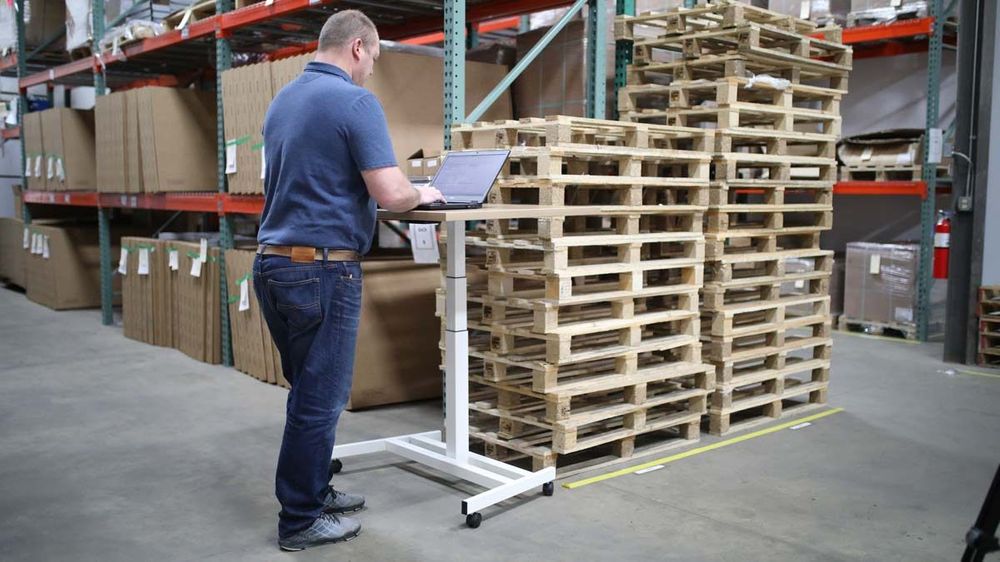Courier and delivery businesses are constantly moving—literally and figuratively. But even the best systems can start to feel outdated. If you’re starting to notice a few hiccups or just suspect that your software isn’t keeping up, it might be time to ask, “Is this still working for us?” Here, we’ll go through seven key indicators that it might be time for an upgrade, along with how the right tools can help keep your business on track.
1. Your Current System Struggles With Scalability
Your courier business may have started small, but over time, successful operations grow. Expansion is a good thing, but it often reveals the limitations of outdated software. If your system struggles with increasing volumes or requires manual workarounds to accommodate new locations, drivers, or clients, it’s a sure sign you should get new courier software. Modern courier software should be flexible, able to handle extra loads as needed, and adaptable to the demands of a growing customer base.
2. Limited Automation is Slowing You Down
Automation is no longer a luxury in logistics—it’s a necessity. Today’s customers want their packages fast and updates even faster. When your team is still handling tasks like data entry, order scheduling, and customer notifications manually, your software is holding everyone back. Modern systems automate everything from route optimization to real-time tracking and customer communication, saving time and reducing human error. If your current software lacks automation, an upgrade could drastically streamline your operations and give you more time to focus on other areas of the business.
3. Your Tracking and Reporting Features are Outdated
Transparent tracking isn’t just a perk; it’s an expectation. Customers want visibility from the moment a package is picked up to when it’s delivered. If your software struggles to offer real-time tracking or requires multiple systems to generate tracking details, it might be time for a change. Not only does this affect customer satisfaction, but it also impacts your ability to make informed decisions. Detailed reporting features let you analyze delivery times, driver performance, and route efficiency. If you’re still piecing together data from various sources, a software upgrade could give you a comprehensive dashboard to view all your data in one place.
4. Customer Complaints are on the Rise
If your team is handling a high volume of customer service calls due to tracking issues, late deliveries, or miscommunication, the software may be part of the problem. Customers expect timely and accurate updates, and modern courier software has built-in features that keep them informed without you lifting a finger. Automated notifications and real-time updates allow customers to track their packages independently, reducing the need for constant follow-up calls. If your software is causing customer dissatisfaction, an upgrade could help turn things around quickly.
5. Integration with Other Systems is a Struggle
In the logistics industry, few systems work in isolation. You probably have multiple tools for accounting, inventory management, and perhaps even a CRM. If your courier software can’t integrate smoothly with these systems, it can lead to bottlenecks, errors, and missed opportunities. Modern courier software often supports API integrations, allowing for a seamless connection between different tools. When you upgrade to a solution that “talks” to other software, you can streamline processes and make your entire operation more cohesive.
6. Mobile Compatibility is Lacking
With drivers constantly on the move, your software must be fully mobile-compatible. If your team still relies on desktop-only tools or faces limitations when accessing software from mobile devices, it’s definitely time to consider an upgrade. Modern courier software is designed with mobile use in mind, offering apps and responsive interfaces that work just as well on smartphones and tablets as on computers. This allows drivers to receive real-time updates, adjust routes on the go, and communicate with dispatch instantly. Not only does this make things easier for drivers, but it also helps to keep deliveries on schedule.
7. Costly and Complex Upgrades Are the Norm
If the thought of updating your software feels like a full-scale project in itself, that’s a sign your current system is outdated. Many older systems require costly, time-consuming upgrades just to keep up with basic security and performance standards. Modern courier software, on the other hand, often comes with regular updates that are easy to install and ensure you’re always running the latest version. The best solutions offer cloud-based options, so updates happen seamlessly in the background without interrupting your operations.
Making the Move to Modern Software
If any of these signs sound familiar, you might already know it’s time for a software upgrade. Modern courier software is more than just a tool; it’s a key player in your business’s success. Choosing software with scalability, automation, robust tracking, and mobile support will keep your team efficient, your customers happy, and your business competitive. You don’t have to compromise or settle for workarounds when the right solution is out there. Upgrading may seem like an investment, but the payoff in terms of time saved, customer satisfaction, and smoother operations will make it worth every dollar.
Ready for the Next Step?
Upgrading your courier software doesn’t just support your current needs; it positions you for future growth. With the right tools, you’ll be prepared to adapt to changes, meet growing customer demands, and enhance every part of your delivery operation. So, what’s stopping you? Take a look at what’s available, assess your current needs, and get ready to move your business forward. An upgrade today could be the best step toward a more streamlined, scalable, and customer-focused future.




